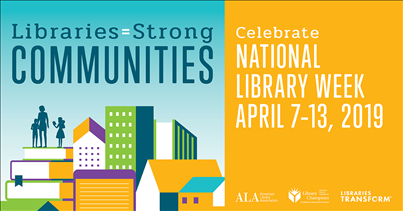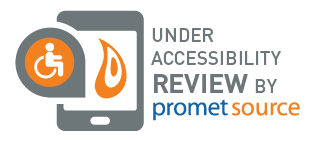About your free public library system
Comprised of 12 branches, two rural stations and multiple special collections, the county library system has its roots in 19th Century visionaries who realized that access to information was key to a free and civil society.
The first known local public library appeared in Petaluma in 1858, organized by the Odd Fellows fraternal organization. Other communities followed suit, and libraries came into existence throughout the county.
As local and regional libraries grew, prospered (and sometimes didn’t) libraries and community leaders began to talk about the value of consolidation. The first Joint Powers Agreement to form a regional library system was signed in 1975. A revised Joint Powers Agreement among the County of Sonoma and all nine cities was signed in 2014.
The library system struggled throughout the beginning of the 21st Century, as the need for service outran the cost of providing it. In 2016, a county-wide effort resulted in the passage of Measure Y, a one-eighth of a cent sales tax that brought local library funding up to comparable levels to that of similar library systems.
With the extra funds from Measure Y, the Sonoma County Library was able to accelerate what had been a steady, but modest process of modernization. Our annual budget is now approximately $30.5 million, most of which is spent on staff and materials.
In 2018, we loaned 2,868,701 items to county residents, and 344,282 different users visited our library system websites, to download e-books, stream movies, look up and reserve books, and more.
Two years after Measure Y passed, the library has increased its materials budget by two-thirds, more than doubled programming funds, and hired administrative and support staff focused on growth and service. New staff include three new managers and dozens of support, collections, delivery and branch personnel.
In 2018, the library added 35 percent more hours to its weekly schedule. We are now open Mondays, we stay open until 9 p.m. twice a week, and we increased Saturday hours.
Measure Y funds are being used in direct service to the half-million residents of Sonoma County in many ways: We provide tens of millions of dollars of value in the free use of books, DVDs, CDs, e-books, audio books and other physical assets. We are a leader – in some communities the only provider – of early childhood learning and school readiness, always in close partnership with local school districts.
Libraries are more than books, films and databases. Sonoma County Library patrons can check out a backpack with all the passes and guides needed to explore county parks; they can check out a toolbox with the tips and supplies needed to weatherize their homes; our patrons can visit the library and have a free consultation with a lawyer, get help with their taxes, learn a new dance, hear a story or learn a craft.
We are funding overdue studies into future services, setting funds aside in reserve, purchasing a mobile library van to visit underserved communities, investing in our branches and upgrading our technology.
We provide free online access to software training, world language learning, independent film collections, magazine and newspaper subscriptions (even the New York Times), all free with a library card!
During National Library Week, we will address an emerging social justice issue by offering free WiFi hotspots. Library patrons who don’t have access to the information superhighway – because of geography or household income – will be able to “borrow the internet” at no cost and apply for jobs, augment their schoolwork, and enjoy the same digital resources as everyone else.
Our libraries are powerful forces for social equity. In the past two years, our Library Commission has adopted comprehensive statements supporting inclusivity and the undocumented. We live those values every day in our branches, where we also offer Spanish language materials, support and a welcoming attitude.
Our branches help lead the system into new territory as well. We recently piloted a program that provides free menstrual supplies to our patrons who are in need. We reach out to and support our unsheltered patrons. All are welcome in our libraries, regardless of ethnicity, gender identity, sexual orientation, age, or faith.
In early March, after almost two years without a permanent Library Director, Ann Hammond began work as our permanent Director. Ms. Hammond was chosen after a nationwide search, and we are thrilled to welcome her to Sonoma County. In a newspaper article announcing her hire, Hammond said libraries are: “the last democratic institution welcoming to all … free and open to everyone.”
We are gradually updating each branch of the library and putting extra funding and energy into a branch for the Roseland community. Roseland has been underserved for many years, and the library is leading the way in providing a community hub and free access to the tools of civic involvement.



